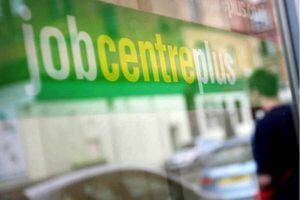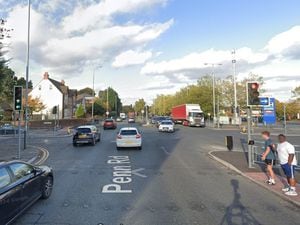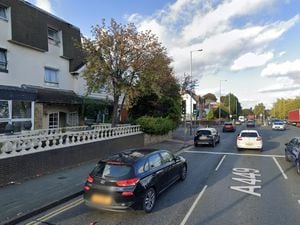Unemployment falls to lowest total in more than 10 years
Unemployment across the UK has plunged to its lowest total for more than a decade, but the number of people in work has also fallen.

The jobless total was 1.6 million in the quarter to November, down by 52,000 on the previous three months to its lowest since early 2006.
In the West Midlands unemployment fell by 7,000 to 161,000 – partly due to the rise in seasonal recruitment at shops and delivery companies in the run-up to Christmas.
The UK now has one of the lowest jobless rates in Europe at 4.8 per cent, the latest data from the Office for National Statistics showed.
But the numbers in work fell by 9,000 to 31.8 million, the lowest since last autumn, although the employment rate of 74.5% is the joint highest level on record.
The claimant count fell by 10,100 last month to 797,800, the lowest since last September, although it increased by 600 among women.
The figures differ because not everyone classed as unemployed is eligible to claim benefits such as Jobseeker's Allowance.
In December the claimant count was down across the Black Country and the wider West Midlands region.
The biggest change was in Wolverhampton, where the number of people claiming unemployment-related benefits fell to 6,430, down by 135 from November's figure.
In Dudley the claimant count was down by a more modest 35 to 5,595, in Sandwell it fell by 40 to 7,075 and in Walsall it was down by just five to 4,820.
Across the West Midlands the count was down by 1,310 to 80,480, while in Staffordshire it was down by 130 to 4,790.
In South Staffordshire the claimant count fell by 10 to 685, in Lichfield it was down 35 to 395 and in Stafford it fell by 30 to 620. In Cannock Chase, however, the figure was up by five on the previous month, to 715.
Nationwide the number of people classed as economically inactive has increased by 85,000 to almost 8.9 million - the biggest quarterly rise since 2014.
The figure includes students, people looking after family, on long-term sick leave, or who have given up looking for a job.
The economic inactivity rate increased by 0.2% to 21.7%, the highest since last spring.
Average earnings increased by 2.8% in the year to November, up by 0.2% on the previous month.
David Freeman, senior statistician at the ONS, said: "While employment is little changed on the quarter, the rate remains at an historic high.
"The rate at which pay is increasing continues to pick up in cash terms, though it remains moderate."
There were 1.15 million people in part-time jobs who wanted full-time work in the latest quarter, an increase of 7,000 over the previous three months, but down by 99,000 on the year.
More than 23 million people work full-time, 209,000 more than a year ago, while part-time employees have risen by 86,000 to 8.5 million.
The number of job vacancies in the economy fell by 5,000 to 748,000.
Employment Minister Damian Hinds said: "We start the new year with another encouraging set of figures. Employment continues to run at a near-record high, unemployment remains at an 11-year low, and both figures are stronger than this time last year - highlighting the strength and resilience of our labour market as we step up to the challenges of 2017.
"We have made real progress creating a strong economy and helping more people into work, and will do what is needed to continue that trajectory as we build a country that works for everyone."
The Government highlighted other figures showing that youth unemployment is down by more than 360,000 since 2010 and the lowest in 11 years, while long-term unemployment is the lowest since mid 2008.
Separate statistics showed that 900,000 claims for Universal Credit had been made to December, with an average of 13,000 new claims per week in the preceding four weeks.
Of those on Universal Credit, 43% were in work.





